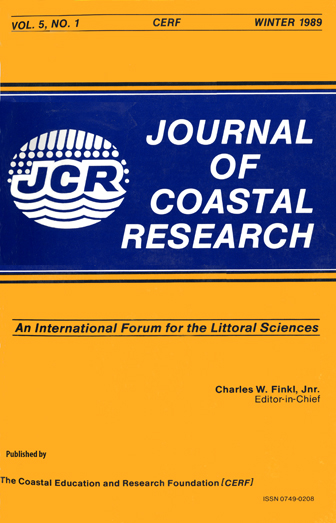Holocene Levels in the Bahia Blanca Estuary, Argentine Republic
Keywords:
Argentine Republic, 14C, 13C/12C, eustasy, Holocene, hypsithermal, 18O /16O, progression of the lunar perigee, stable isotopesAbstract
Estuarine deposits of the Holocene transgression were studied in the Bahia Blanca estuary (38°50'S and 62°15'W, Argentine Republic). They were called respectively Holocene Clastic-Shelly Beach Ridges and Holocene Pelitic Deposits; the second group was subdivided in Lagoon Deposits and Tidal Flat Deposits. These names indicate geochronological and paleoecologic distinctions. At least five major episodes of high wave-energy were found, which built the Holocene Clastic-Shelly Beach Ridges, and were named Transgressive Stages (T.S. I to V). Their respective 14C ages, with Probable Geological Age (PGA = the minimum 14C age) are: TS-l: 5990; TS-II: 5470; TS-III: 5100; TS-IV: 4470; TS-V: 3560 BP. The TS-I represents the maximum Holocene Transgression in the inner estuary. The younger TS (TS-II to TS- V) indicate later high wave-energy episodes, which would appear to be conditioned by culminations of the Progression of the Lunar Perigee Cycle. The Lagoon Deposits associated with the maximum transgressive episode would indicate semiarid conditions, comparable to the present climate in the area. The Tidal Flat Deposits were developed at different stages of low wave-energy in the inner estuary, during each regressive episode. In these Tidal Flat Deposits, the 18O /16O and 13C/12C isotope ratios would indicate the occurrence of the Hypsithermal conditions about 6000BP, which ended about 5300/5200 years Before Present.


